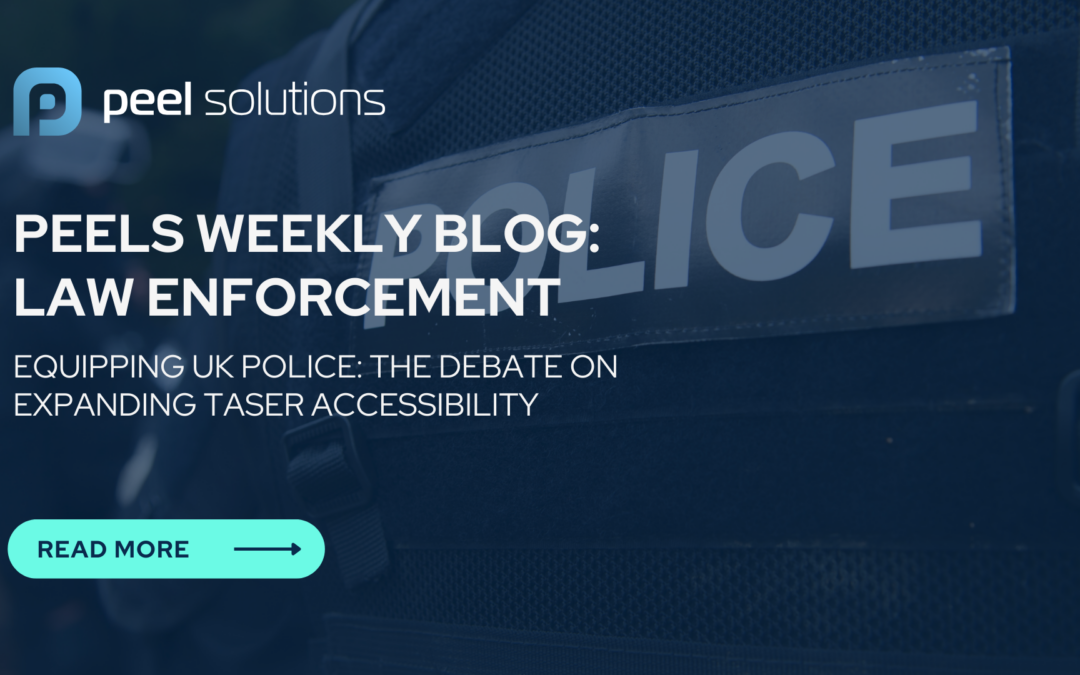The recent sword attack in London has reignited the debate surrounding the accessibility of Tasers for police officers across the United Kingdom. The incident, which left two officers wounded, has prompted calls from the Police Federation to ensure that every officer who wants a Taser is equipped with one. This blog post explores the current state of Taser accessibility, the challenges officers face, and the potential solutions to enhance officer safety while examining the impact of wider availability.
The Current Landscape
Taser availability varies across the UK, with each police force having different approaches to the deployment of this less-lethal option. While some forces have a higher percentage of Taser-trained officers, others may have more restrictive policies in place. This inconsistency in Taser accessibility has led to concerns about officer safety and their ability to respond effectively to high-risk situations.
Understanding the Need for Tasers
Tasers are designed to incapacitate an assailant by delivering an electrical current that temporarily disrupts muscle control. For frontline officers, these devices serve as a crucial tool in their personal protective kit, allowing them to subdue or repel violent attackers until backup arrives. In situations where an officer is faced with an armed or aggressive individual, having access to a Taser can be the difference between life and death.
The Argument for Expanded Taser Accessibility
Proponents of wider Taser accessibility argue that it is crucial for ensuring officer safety and enabling them to respond effectively to dangerous situations. According to data from the Police Federation, in 2023, there were 50,259 assaults on UK police officers – 40,330 in England and Wales, 6,657 in Scotland, and 3,272 in Northern Ireland. This equates to one officer being assaulted every 10 minutes. These alarming figures underscore the need for officers to have access to effective tools to protect themselves and the public.
Addressing Concerns About Racial Disparities
While the need for officer safety is paramount, concerns about racial disparities in Taser use cannot be ignored. A recent report commissioned by the College of Policing found that police are more likely to use Tasers against black individuals due to structural and institutional racism, rather than the views of individual officers.
To address these concerns, police forces must implement robust training programs that emphasise de-escalation techniques and provide clear guidelines on when the use of Tasers is appropriate. Officers should be trained to recognise and counteract any unconscious biases that may influence their decision-making in high-stress situations. Additionally, transparency and accountability are essential, with police forces collecting and publicly reporting data on Taser use.
The Path Forward
Achieving a consistent approach to Taser accessibility across the UK will require collaboration between policymakers, law enforcement leadership, and community stakeholders. Reviewing national guidelines and standards for Taser deployment and use, while allowing for some degree of local flexibility, could help ensure that officers have the tools needed to better protect themselves and the public.
Large-scale change such as this will clearly require significant funding, and investment into comprehensive training programs, regular assessments, and support for officers’ mental health and well-being should also be a priority. By equipping officers with the skills, knowledge, and emotional resilience needed to handle high-stress situations, they will be better prepared to protect themselves and the public.
Conclusion
The debate surrounding Taser accessibility for UK police officers is complex and costly. It involves the need to balance officer safety with the expectations, confidence, and safety of the public.
What do you think is the way forward?


